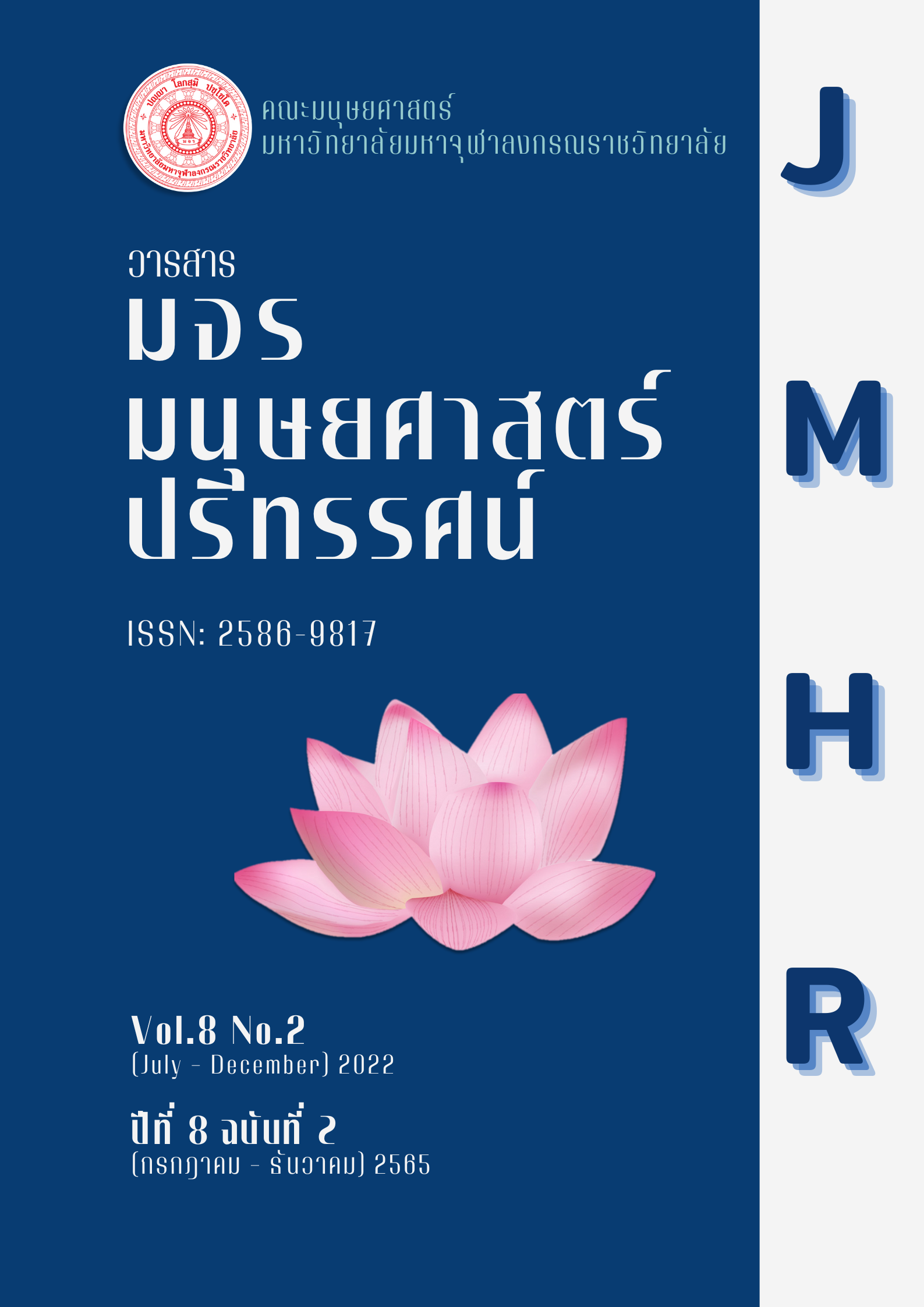Collocations in the Abhidhamma in Daily Life Book: A Morphological Study
คำสำคัญ:
-บทคัดย่อ
-
เอกสารอ้างอิง
Benson, M.E & Ilson, R. (1997). The BBI Combinatory dictionary of English word combinations. Amsterdam, the Netherlands: John Benjanins Publishing Company press.
Kurosaki, Shino. (2012). .An Analysis of the knowledge and use of English collocations by French and Japanese learners (Doctor of Philosophy Dissertation). London: Institute in Paris, University of London.
Libben, G & Jarema. (2004). Conceptions and questions concerning morphological processing. Ranking of United States: Brain and language center.
Martynska. (2004). Do English language learners know collocations? Investigations. Linguisticae: Poznan.
Mi. Hyum, and Alain Polguere. (2017). Korean Morphological collocations: Theoretical and Descriptive Implications. London: Lecture Notes in Computer Science (LNCS).
R. Firth. (1968). A synopsis of linguistic theory. In F. Palmer (Ed.), Selected paper of J. R. Firth 1952-59. London: Longman.

ดาวน์โหลด
เผยแพร่แล้ว
รูปแบบการอ้างอิง
ฉบับ
ประเภทบทความ
หมวดหมู่
สัญญาอนุญาต
ลิขสิทธิ์ (c) 2022 วารสาร มจร มนุษยศาสตร์ปริทรรศน์

อนุญาตภายใต้เงื่อนไข Creative Commons Attribution-NonCommercial-NoDerivatives 4.0 International License.





